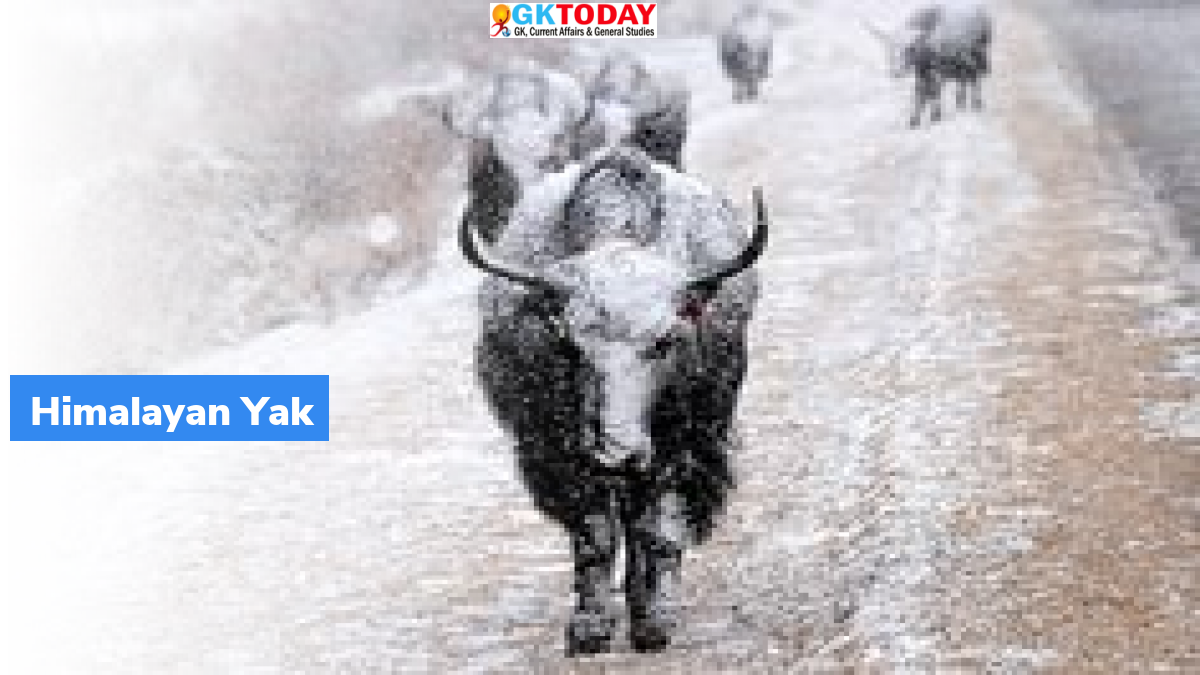Oldest Evidence of Yak Domestication in Bangga
In a groundbreaking discovery, the oldest record of humans domesticating yaks has been found in Bangga, a settlement in the Shannan prefecture of the Tibetan Autonomous Region in China. The study sheds light on the fascinating history of domestication in the region.
Dual Domestication: Yaks and Taurine Cattle
Researchers from Washington University in St. Louis, US, reveal that inhabitants of Bangga, situated on the Yarlung-Tsangpo (Brahmaputra), were not only domesticating yaks but also taurine cattle around 2,500 years ago. This dual domestication is a significant finding, considering the distinction between taurine cattle and Zebu breeds native to the Indian subcontinent and tropical Asia.
Hybrid Breeding: Crossing Yaks and Cattle
The residents of Bangga exhibited an innovative approach by producing hybrids through the crossing of yaks and taurine cattle. Yaks, domestic cattle, and the ancient aurochs are taxonomically grouped under the genus Bos. This discovery adds a new dimension to our understanding of ancient agricultural practices in the Tibetan Plateau.
Bangga’s Fossil-Rich Settlement
Bangga, situated at an elevation of approximately 3,750 meters above sea level, stands as one of the earliest agro-pastoral settlements in the southern Tibetan Plateau. Known for its rich animal fossils, the site has been systematically excavated in recent decades, providing valuable insights into the region’s history.
Genetic Analysis and Ancestral Origins
The researchers meticulously examined over 10,000 mammal bone pieces from Bangga, identifying and sorting 193 specimens belonging to the genus Bos. Through genetic analysis, they revealed that one ancient bone came from a male yak, while the other four belonged to female taurine cattle. The surprising presence of taurine cattle near the Indian subcontinent suggests their migration from Anatolia via the Silk Route and northern Tibet.
Implications for Modern Yak Population
The domestication of yaks and the crossbreeding practices observed in Bangga contribute to the genetic diversity seen in modern yak populations. Today, an estimated 14 to 15 million domestic yaks are found in the highlands of Asia, including the Indian Himalayan Border States and Union territories.
Conservation Concerns: Wild Yaks on the Brink
While domestic yaks thrive, their wild counterparts face conservation challenges. Wild yaks, never domesticated by humans, are now listed as “vulnerable” by the International Union for Conservation of Nature. With only an estimated 7,500 to 10,000 mature individuals left in the wild, conservation efforts are crucial to preserving this unique species.
Hybrid Usage: Dzo and Dzomo in Himalayan Communities
Communities across the Himalayas and Tibetan Plateau utilize Dzo (male hybrid) and Dzomo (female hybrid), products of crossbreeding between cattle and yaks. This practice, echoing the ancient hybrid breeding in Bangga, showcases the enduring relevance of historical agricultural innovations in the region.
Month: Current Affairs - December, 2023
Category: Science & Technology Current Affairs


